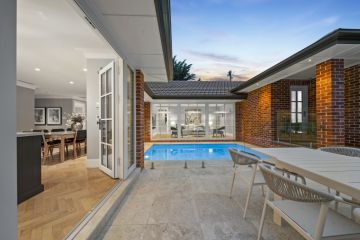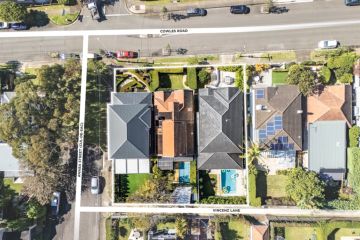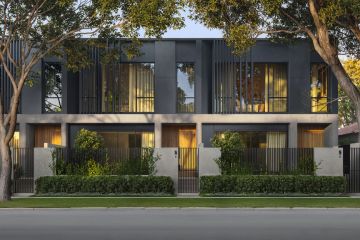More Australians at risk of homelessness as National Rental Affordability Scheme comes to an end
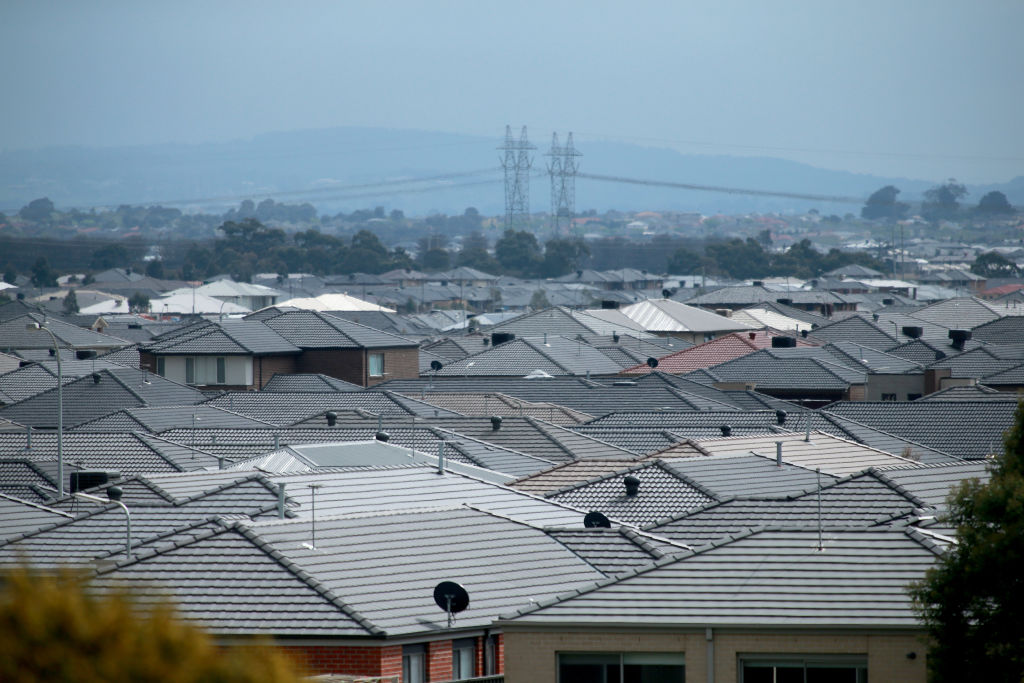
Thousands of Australians face homelessness, experts warn, as a key way for them to afford a home comes to an end.
Owner incentives on more than 36,000 properties that offer discounted rent are drying up as they hit their 10-year limit, with the first subsidies expiring this year.
“People are going to fall off a cliff, they’ll go into homelessness or housing stress in a massive way,” said Andrea Galloway, chief executive of community housing provider Evolve Housing.
Affordable housing — rental properties offering subsidised rent to lower income earners — has been supported by the National Rental Affordability Scheme since 2008, which gives annually indexed incentives to developers and investors who charge at least 20 per cent below market rate, for up to 10 years.
Only 198 properties across Australia will be affected this year, but this will markedly jump to more than 1400 next year, with incentives progressively ending until 2026.
With the scheme scrapped in 2014, due to administration concerns, and no substitute to replace it, some affordable properties are expected to return to the private market.
Community Housing Industry Association executive director Peta Winzar predicts only one-third of more than 17,000 NRAS properties owned by the for-profit sector would continue to offer below-market rent.
“It’s a huge worry for us,” added Ms Galloway, noting more than half of the 782 NRAS properties managed by Evolve were privately owned by developers and mum-and-dad investors.
“What we’re really worried about is that investors will look at the return they’ll be getting when the incentive is gone, and decide to sell the property … or raise the rents to full market rate.”
- Related: Experts push for affordable housing strategy
- Related: Lifelong renters at greater risk of poverty in retirement
- Related: Australia’s housing system is ‘broken’, experts warn
Medical student Nethangie Ranhotty, who lives in an Evolve Housing development in Penrith in Sydney’s west, is just one of thousands who could be affected.
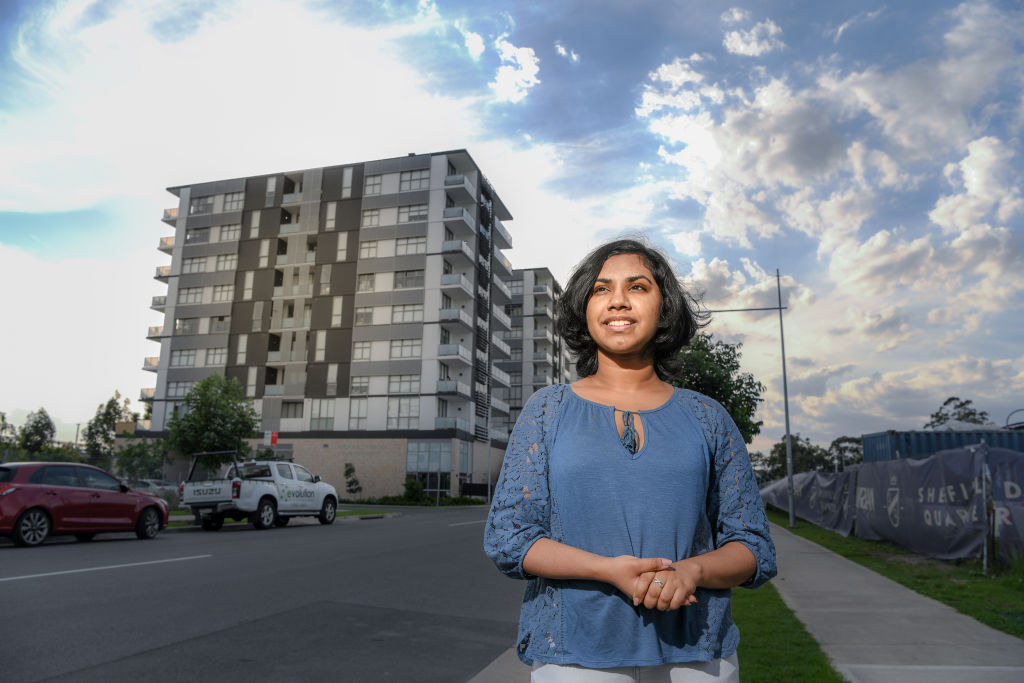
She and her mother have spent years between women’s refuges, community housing and the private rental sector, after fleeing domestic violence in 2011. Now 20, she enjoys the security of a long-term affordable home.
“Almost every day we were going to apartment inspections to see what we could afford,” Ms Ranhotty said.
“Our last apartment didn’t have airconditioning, it was poorly insulated … and the rent was raised, and they were going to raise it even higher. If we didn’t have this, we could be going hungry to pay rent, and I could potentially not be going to university.”
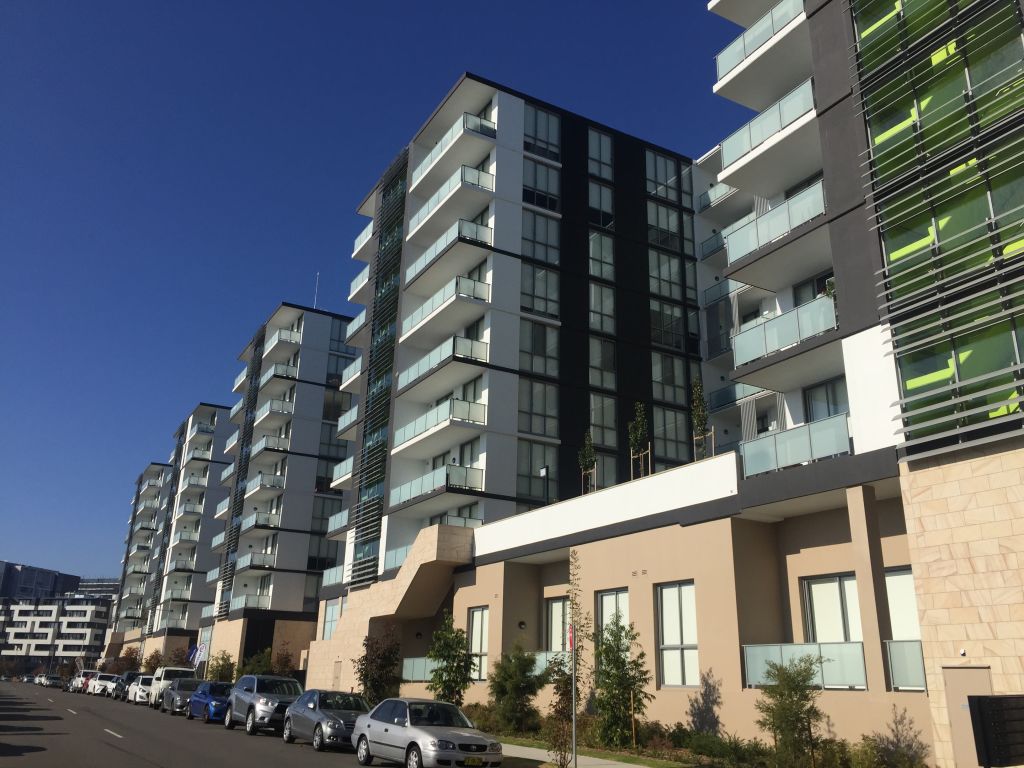
Community housing providers collectively own about 40 per cent of all NRAS properties and Ms Winzar said while they would do their best to keep them all, some would be unable to.
But just how large an impact will the end of the scheme have? It is hard to predict because, apart from NRAS properties, there is no measure of the number of affordable properties across Australia and there is broad uncertainty about what housing providers would do without a subsidy.
With an estimated 17,000 additional affordable homes already needed each year to meet the backlog of demand by 2026, according to University of Sydney research, any NRAS properties returning to the private market would exacerbate the situation at a time when social housing is also not keeping up with demand.
An incentive similar to the NRAS is needed to boost affordable housing supply and maintain existing numbers, according to Kate Raynor, a postdoctoral research fellow at the University of Melbourne.
But, she said, any new system would need to address the NRAS’ flaws, the most critical of which was that regardless of a property’s size and location, the same incentive was given. This meant many developers built studio and one-bedroom apartments, which were used for student accommodation.
The opposition spokesman for housing and homelessness, Doug Cameron, slammed the NRAS’ scrapping and said there were issues with any new policy that had to be addressed. He said Labor would announce more housing and homelessness policies prior to the election.
A spokesperson for Families and Social Services Minister Paul Fletcher said tenants, investors and approved applicants were all aware of the NRAS’ 10-year time frame, part of the Rudd government’s original design, when they entered the scheme.
The spokesperson added that the supply of affordable housing and regulation of the private rental market were primarily state government responsibilities.
We recommend
We thought you might like
States
Capital Cities
Capital Cities - Rentals
Popular Areas
Allhomes
More
